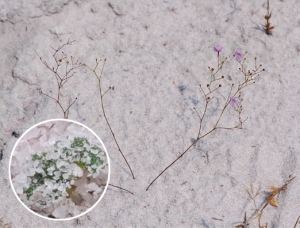
Although one would think plants use the sunlight to gain energy using the process of photosynthesis, a newly discovered plant (2009), the Poisonous Jug, is carnivorous and devours its large prey whole. This plant was recently discovered in the mountains of the Philippines. It’s main prey is rats. These rats are lured in by the hope of reaching the nectar that is produced inside the “jug”. Once inside, the rodent is trapped alive, and digestive enzymes break down its flesh, so the plant can use it as energy. This is different than most plants that use the suns light as energy, and are producers, rather than consumers. This discovery is an example of discovery science, since nothing was tested, but instead, discovered. It has no real importance to humans, however it is an interesting find that hopefully will lead to many new discoveries.
Author: Stuart Fox
Title of article: Newly Discovered Carnivorous Jungle Plant Gobbles Rats Whole
Journal: Popular Science
Date published: 08.18.2009
Pages: N/A





